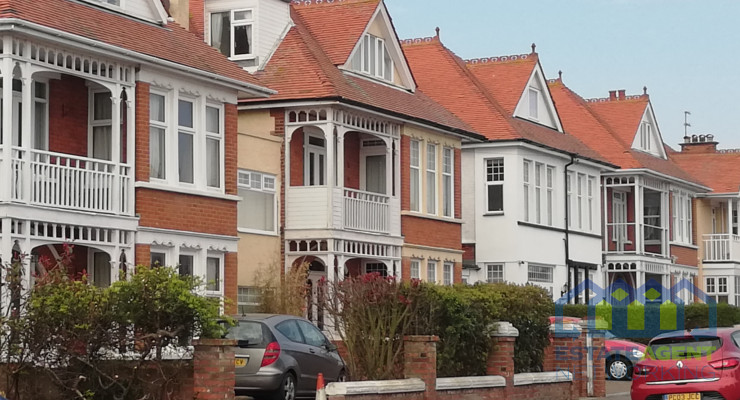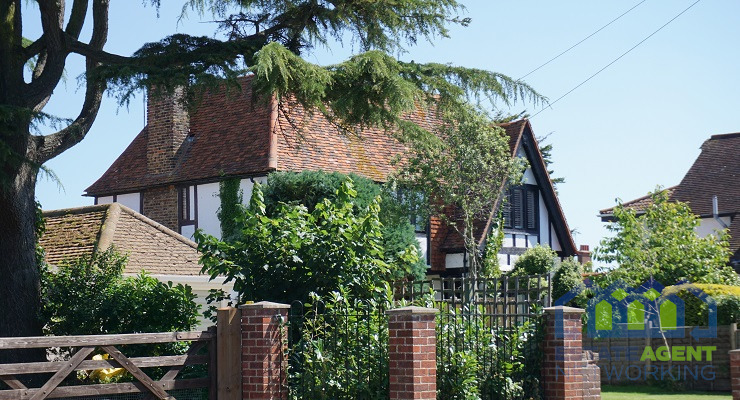Identifying Common Structural Issues in Balconies
Living in a city like Sydney, where a breathtaking view of the cityscape and ocean can be the crowning jewel of your property, it’s no surprise that balconies are key features sought after by homeowners.
However, over time, these aesthetically pleasing elements can become a structural nightmare due to a range of issues that compromise their integrity and safety. This comprehensive guide dives into the most prevalent balcony problems, offering insight into identifying potential risks and the essential steps required to rectify them.
The Importance of Balcony Structural Integrity
Balconies embody a mixture of desirable features — an outdoor space, an extension of living areas, and an architectural flourish. However, what homeowners often fail to realize is that these seemingly solid structures are subject to myriad external forces daily. Rain, wind, and seismic activity can all take their toll, making periodic structural inspections crucial to maintain the safety of your home.
Notable Wear and Tear Indicators
Before a balcony collapses, there are telltale signs that can help you identify potential structural issues. The presence of rust on metallic components, cracks in the concrete, or the bowing of wooden structures indicates that you’re in the initial stages of serious trouble. In-depth knowledge of your balcony’s construction and the materials used is the first step in recognizing these red flags.
Detecting Water Damage
Water is the most common enemy of balcony structures, leading to corrosion, spalling, and ultimately, weakening the structure. Locating the source of water intrusion is ardently challenging but is typically the precursor to major damage. Regular maintenance, proper waterproofing, and promptly addressing leaks are pivotal in circumventing water-related structural problems.
Understanding Material Durability
The type of material your balcony is constructed from significantly impacts its longevity. While concrete is often associated with durability, poorly constructed concrete structures can quickly deteriorate due to exposure to the elements and construction defects. Timber and metal structures have their own set of vulnerabilities, and understanding how they respond to environmental conditions is key in preparing for and tackling any balcony structural repairs and issues.
Examining Support Systems
Balconies rely on support systems that can be categorized as visible and hidden. The visible support system includes pillars and railings that are easy to inspect, while the hidden elements encompass the attachment points and joints, which often require a professional’s eye to assess. Any weak or compromised connectors can have a domino effect on the entire balcony’s structural soundness.
Preventing Catastrophic Failures
The concept of ‘an ounce of prevention is worth a pound of cure’ is never truer than when it comes to structural integrity. Regular maintenance, seasonal checks, and a proactive approach to balcony structural repairs can save homeowners from dealing with the aftermath of a collapsed balcony. Investing in preventive measures and staying ahead of best practices in balcony maintenance is essential.
Common Repair Solutions
Once an issue has been identified, the next step is determining the appropriate balcony structural repair strategy. Minor issues may only require a patch-up job, while more significant structural defects call for a complete overhaul. Repair solutions can range from localized reinforcement to complete material replacement, and the right approach hinges on professional assessment.
The Role of Professionals
Inviting a structural engineer or a qualified contractor to assess your balcony is not an expense, it’s an investment in the safety of your home and family. These professionals can conduct thorough inspections, provide a detailed report of the balcony’s condition, and recommend the necessary steps to rectify any structural issue. Engaging specialists will ensure that repair work abides by building codes and industry standards, guaranteeing the stability of your balcony.
Cost Considerations
The cost of repairing structural issues can vary dramatically, depending on the severity of the problem and the chosen remedy. While it might be tempting to opt for the least expensive balcony structural repairs, long-term durability and the cost of potential collateral damage must be considered. Balcony repairs should be regarded as a strategic financial decision rather than a cosmetic fix.
Legal and Insurance Implications
A collapsed balcony can lead to significant legal liabilities for homeowners, not to mention the detrimental impact on their property’s resale value. Proper insurance coverage tailored to structural risks can provide a degree of protection. Additionally, staying on top of local building regulations and having records of inspections and repairs can serve as crucial documentation in the event of a structural failure.
The Future of Balcony Construction
Innovation in construction materials and building techniques offers promising solutions to the enduring issue of structural balcony problems. From self-healing concrete to advanced weather-resistant alloys, the future of balcony construction seems bright. Future homeowners might enjoy the luxury of technologically advanced structures that require less maintenance and are better equipped to withstand the test of time and nature.
Your Next Steps
Now equipped with a deeper understanding of common balcony structural problems, it’s time to take action. Start with a close inspection of your balcony, take note of red flags, and if in doubt, engage a professional for a comprehensive assessment. Remember, the serenity and joy that a balcony can provide should never be compromised by avoidable structural issues.
In the dynamic landscape of a city like Sydney, where homes are not just shelters but also investments, your balcony is a valuable asset. By staying informed and proactive in balcony maintenance, you’re not only preserving a piece of your property; you’re ensuring the enduring safety and charm of your home for years to come.









